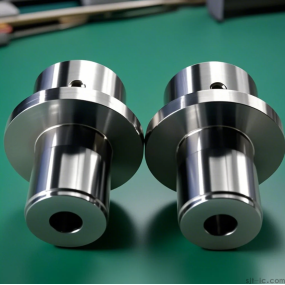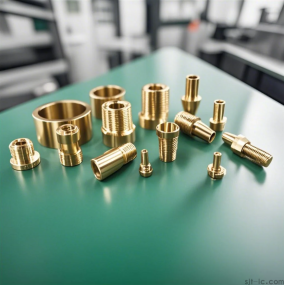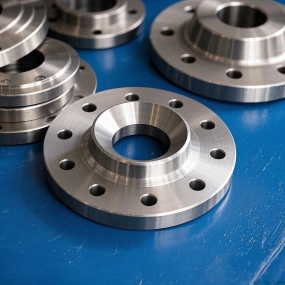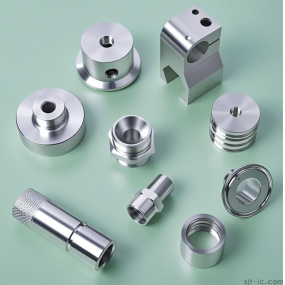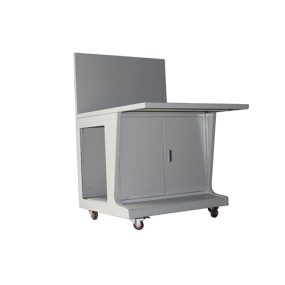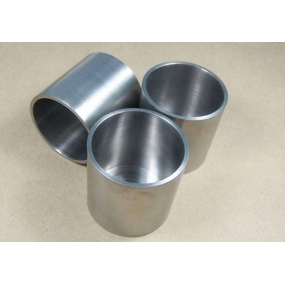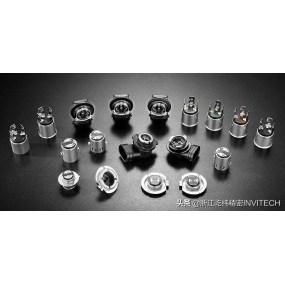Molds are the mother of industry, and the importance of molds is increasingly recognized. Mold planning and mold making skills have made significant progress. The innovation of mold processing skills, the widespread application of various new mold materials, and the standardization and specialization of mold components all force us to adapt more accurately and quickly to the development of molds in planning.
So, in the stamping process, what functions do the mold parts need to have in order to facilitate the precision and service life of the mold?
1. Wear resistance
When the billet undergoes plastic deformation in the mold cavity, it flows and slides along the surface of the cavity, causing severe friction between the cavity surface and the billet, which then leads to the failure of the mold due to wear. So the wear resistance of materials is one of the basic and very important functions of molds. Hardness is the main factor affecting wear resistance. Generally, the higher the hardness of mold parts, the smaller the wear amount, and the better the wear resistance. In addition, wear resistance is also related to the type, quantity, shape, size, and distribution of carbides in the material.
2. High temperature function
When the operating temperature of the mold is high, it will cause a decrease in hardness and strength, leading to early wear or plastic deformation of the mold and failure. Therefore, the mold material should have high resistance to tempering stability. 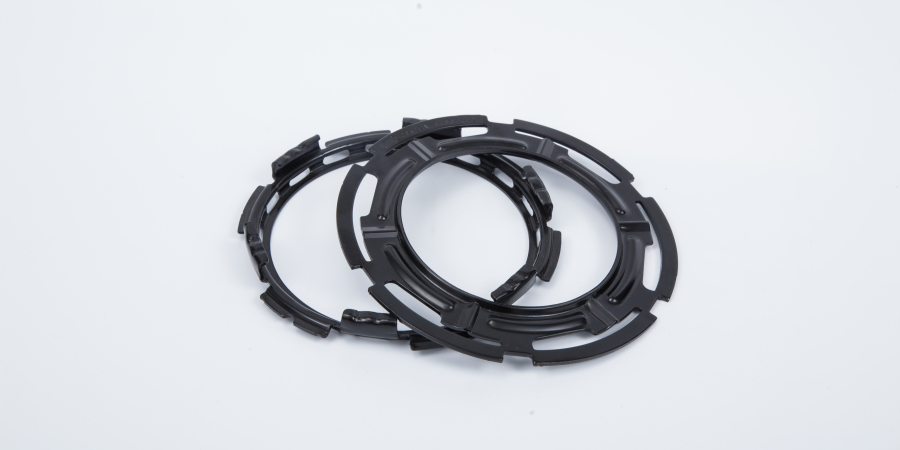 3. Corrosion resistance
3. Corrosion resistance
Some molds, such as plastic molds, contain elements such as chlorine and fluorine during operation. When heated, they decompose and release highly corrosive gases such as HCI and HF, which corrode the surface of the mold cavity, increase its surface roughness, and exacerbate wear and failure.
4. Strong patience
The working conditions of molds are mostly very harsh, and some often bear large impact loads, which can lead to brittle cracking. Therefore, molds need to have high strength and durability. The durability of the mold mainly depends on the carbon content, grain size, and microstructure of the material.
5. Cold and hot fatigue resistance function
Some molds are subjected to repeated heating and cooling during the operation process, causing tension and pressure on the surface of the mold cavity, resulting in surface cracking and peeling, increasing friction, preventing plastic deformation, reducing dimensional accuracy, and ultimately leading to mold failure. Cold and hot fatigue is one of the main forms of failure for hot work molds, which should have high resistance to cold and hot fatigue.
This article is from EMAR Mold Co., Ltd. For more EMAR related information, please click on www.sjt-ic.com,


 Spanish
Spanish Arabic
Arabic French
French Portuguese
Portuguese Belarusian
Belarusian Japanese
Japanese Russian
Russian Malay
Malay Icelandic
Icelandic Bulgarian
Bulgarian Azerbaijani
Azerbaijani Estonian
Estonian Irish
Irish Polish
Polish Persian
Persian Boolean
Boolean Danish
Danish German
German Filipino
Filipino Finnish
Finnish Korean
Korean Dutch
Dutch Galician
Galician Catalan
Catalan Czech
Czech Croatian
Croatian Latin
Latin Latvian
Latvian Romanian
Romanian Maltese
Maltese Macedonian
Macedonian Norwegian
Norwegian Swedish
Swedish Serbian
Serbian Slovak
Slovak Slovenian
Slovenian Swahili
Swahili Thai
Thai Turkish
Turkish Welsh
Welsh Urdu
Urdu Ukrainian
Ukrainian Greek
Greek Hungarian
Hungarian Italian
Italian Yiddish
Yiddish Indonesian
Indonesian Vietnamese
Vietnamese Haitian Creole
Haitian Creole Spanish Basque
Spanish Basque

